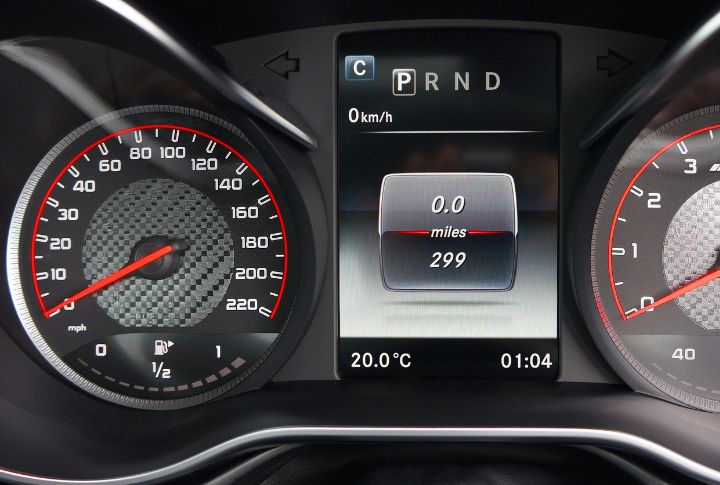
You’ve probably walked past hundreds of smart design features without giving them a second thought. The truth is, many small details exist to solve problems, prevent accidents, or make your life easier in subtle ways. Designers think about these things so you don’t have to. Let’s uncover the hidden logic behind features you use constantly but never really understood.
The Black Cylinder On Your Cables
That chunky bead sitting on your cable isn’t decoration. It’s called a ferrite core, and its job is filtering out electromagnetic interference that could mess with your device’s signal. Without it, you’d deal with more static, glitches, and unstable connections.
The Notches On Your Headphone Jack
Each groove you see marks a separate audio channel. One handles the left ear, another the right, and sometimes there’s a third for microphone input. Your device uses these contact points to route sound correctly and determine what gets played versus recorded.
The Tiny Pin Hole Next To Your Laptop’s Power Button
If your laptop freezes completely, this hole gives you an emergency exit. Stick a paperclip in there, and it triggers a manual reset switch that forces the system to restart. It’s your last resort option before panicking.
The Hole Beside Your Smartphone’s Camera Or Mic
This isn’t just an extra microphone—it’s a noise-canceling one. While the main mic picks up your voice, this secondary one captures background sounds and filters them out. The result? Clearer calls, even in noisy places.
The Little Arrow On Your Fuel Gauge

Ever pull up to the wrong side at a gas station? That tiny arrow points to whichever side your fuel tank is on. It’s a simple design feature that saves you from awkwardly repositioning your car every time you fill up.
The Extra Hole On Wired Earbuds
There’s a small vent built into most earbuds, and it’s doing more than you think. It equalizes air pressure inside the speaker housing, which directly improves bass and overall sound quality. Block it, and your audio gets noticeably worse.
The Small Hole In Airplane Windows
You’ve probably spotted a tiny pinhole in the middle pane of airplane windows. It’s called a bleed hole, and it equalizes air pressure between the inner and outer glass layers. Cabin pressure changes constantly during flights, and without this vent, the window could crack from stress.
The Hole At The End Of Tape Measures
Notice the small notch cut into the metal tab? You can hook it onto screws or nails to anchor the tape while you measure. This way, you get accurate readings without needing a second person to hold the other end in place.
The Tiny Hole In Ballpoint Pen Caps
Look closely at most pen caps and you’ll see a small opening at the top. This exists purely for safety—if someone accidentally swallows the cap, air can still pass through, significantly lowering the choking hazard. Simple design, potentially life-saving function.
The Grooves On Charger Plugs
The ridges do double duty. First, they create friction to keep the plug from sliding out of the socket accidentally. Second, they spread out the physical stress across the metal contacts, which helps the plug last longer before wearing down.

